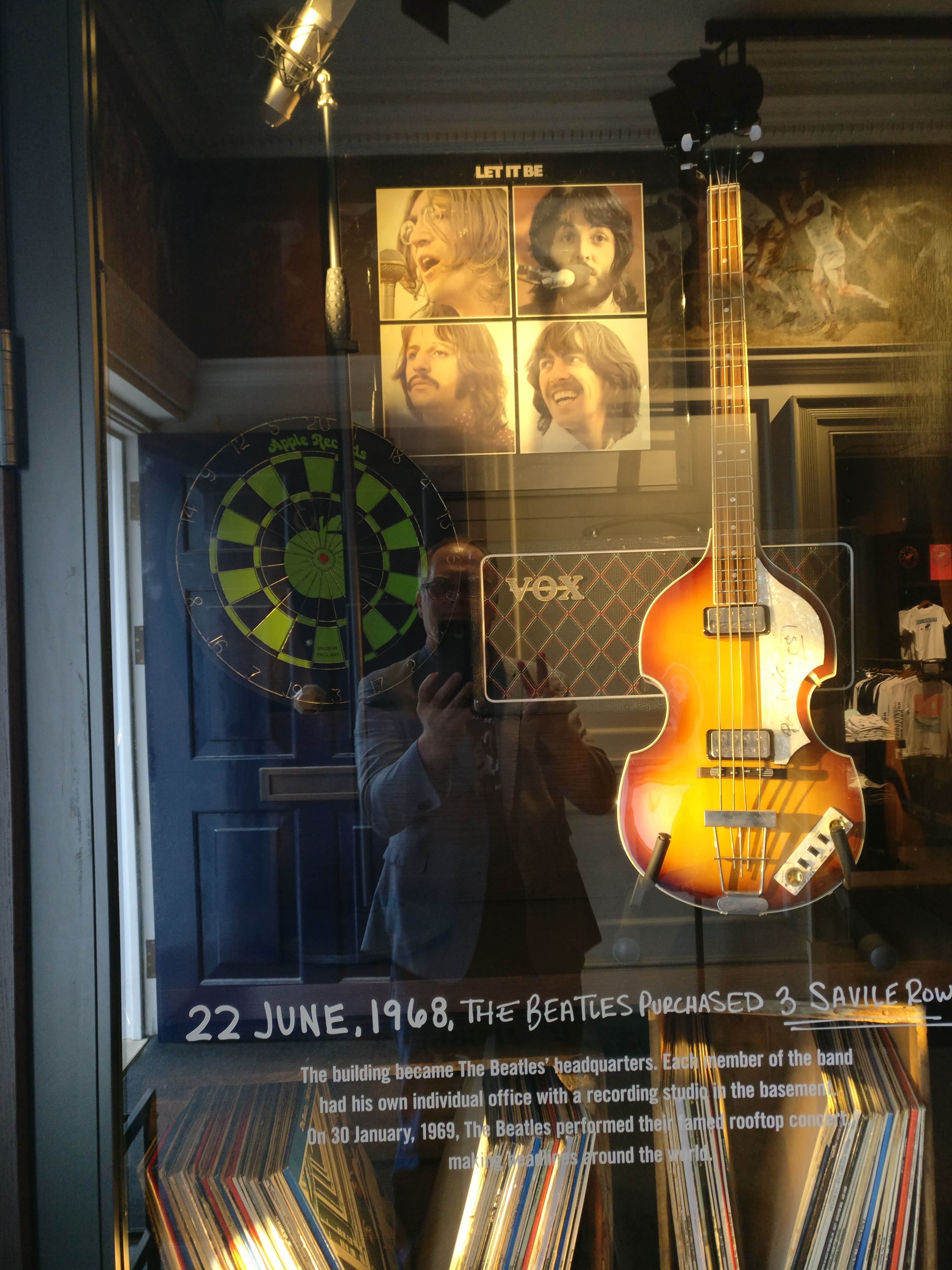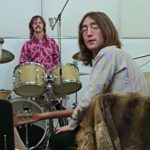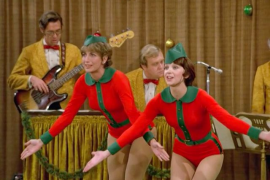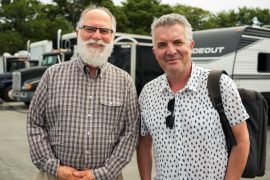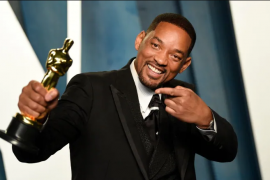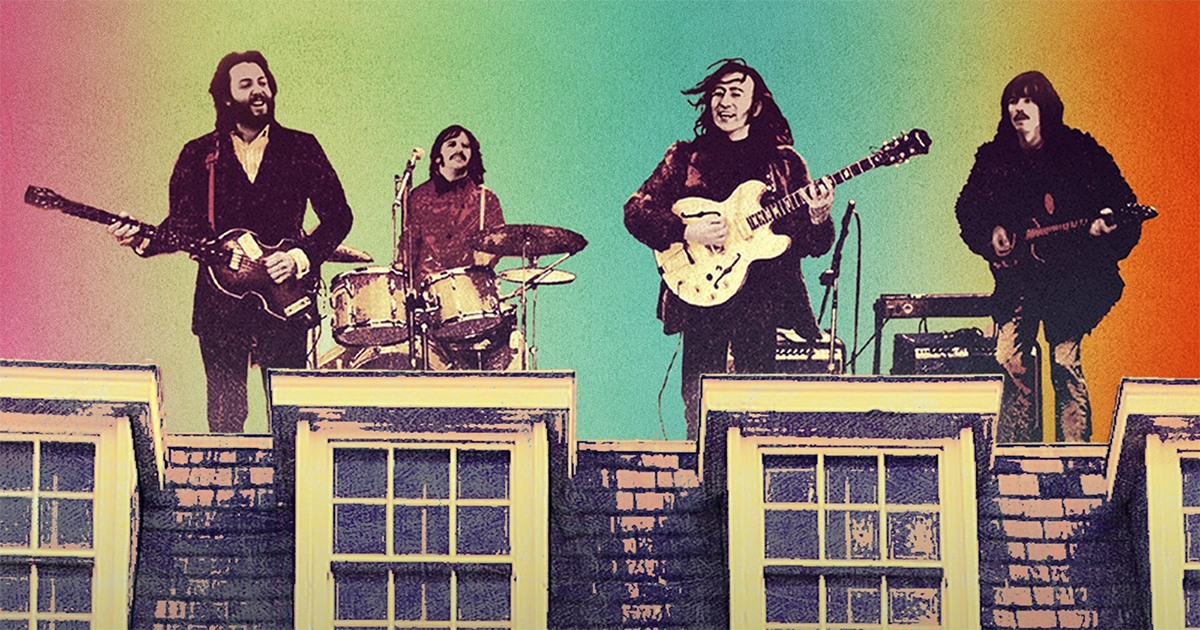
Who wouldn’t want to spend six hours with The Beatles? Even if it is in January of 1969?
Watching director Peter Jackson’s documentary “The Beatles Get Back” is a trip, especially if, like me, you’re old enough to have lined up on Yonge Street at 8 am on a weekend morning to climb the stairs and buy the special boxed LP edition of Let it Be when it was first released in April of 1970. It came with a thick photo book and the pages came unglued within minutes of cracking the thing open. The door crasher price was $4.99, Canadian.
I would have been 12 then and had already saved up for “Magical Mystery Tour” and “Yellow Submarine” and was not quite ready to accept reports that the band had truly disbanded.
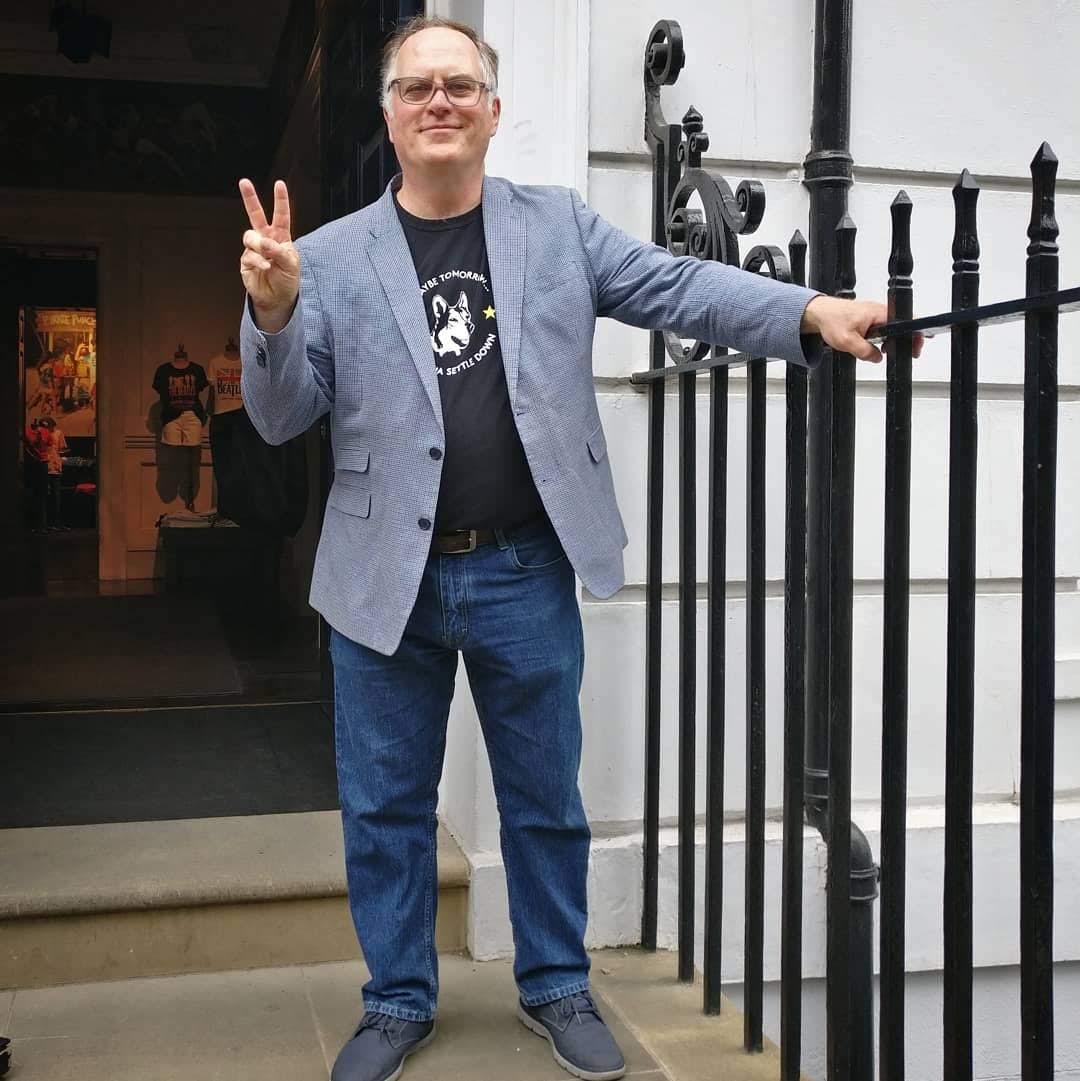
A few years later, at a screening of Beatles films at the Canadian National Exhibition, I saw a 16mm print of “Let it Be.” That was the original documentary from director Michael Lindsay-Hogg, who had first crack, 51 years ago, at “Get Back.” Being that this wasn’t a first-run theatrical screening, the print was a bit worn and muddy, and it was not the right place to see the film. I do remember it showed Paul McCartney to be a bit of an ass, which is probably why he always vowed the film would only be re-released over his dead body.
News that Jackson has taken all 57 hours of footage out of the vaults and turned it into something Fab was heartening to any Beatles fan. The hype has been bubbling for a few years now, usually the kiss of death. Having seen the first two hours, however, I’m happy to report that getting back is a blast. Even if it is a record of the world’s biggest band at the end of their long and winding road, being a fly on this wall is amazing.
First up, Jackson does not gimmick it all up. He opens with a quick newsreel of the band from their skiffle days as the Quarrymen to the start of 1969. He then takes us day-by-day through the three weeks they had carved out to created 14 songs, shoot a movie and perform their first live concert in two-and-a-half years.
advertisement
What you see are the four lads – all 28 or younger – working hard. As John Lennon says at one point, “We’ve never learned so many new numbers at once, have we?” The task is amplified in that they’re in unfamiliar surroundings, walled up in the cavernous Stage One of Twickenham Studios instead of their Abbey Road music playpen. They’re also rusty, having ditched the live recording style of their early days after a few years of tracking individual parts on ever more sophisticated recordings.
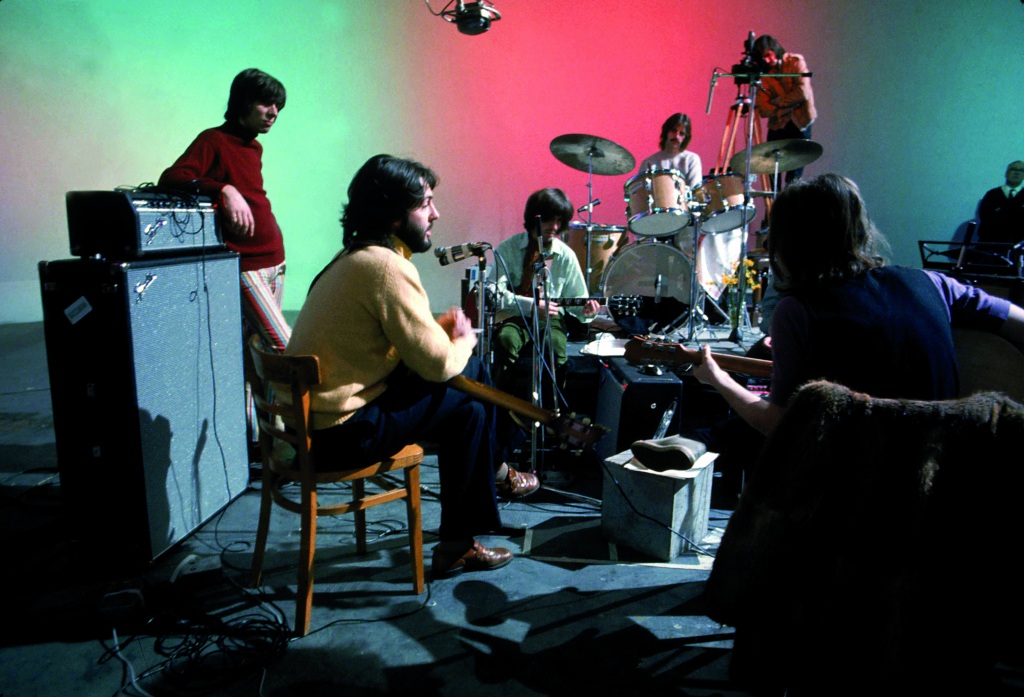
You see a lot of what seems like horsing around as they whip through the rock ‘n’ roll standards of their youth. Really what they’re doing is allowing Chuck Berry to lead them back up to speed.
You notice the clothes, although, aside from some ridsiculous fur coats, their gear looks like it all came from The Gap.
While nobody is ever distracted by a mobile phone (perhaps how they got so much done creatively), The Beatles as musicians are hampered by way too many outside interests. Lindsay Hogg or music publisher Dick James or theatrical impresario Denis O’Dell keep forcing meetings and returning to the question of where they might take their act once the music is written. Everything from a three-day voyage on the Queen Elizabeth II to an ancient amphitheater to their old Cavern Club haunt in Liverpool is on the table.
George Harrison wants none of it, and says so, often. John, funniest when he’s just telling the truth, jokes that they should just do the show at George’s house. That Harrison is largely ignored is the subtest of the first two hours. He’s pissed just knowing all their conversations are being recorded for a documentary he has no enthusiasm for, and he’s dropping hints that the lads should get a divorce. (“Who would get the children,” cracks Lennon.)
When he tries to play his bandmates a song he came up with overnight (“I Me Mine”), the reception is underwhelming. “I don’t care if you don’t want it,” he says, aware that it is less of a rocker, “it will go in my musical.”
It all leads up to Harrison quitting in the most understated way possible.
“I think I’ll be leaving the band now,” he says on Day 7, leaving a note that says, “See you around the clubs.”
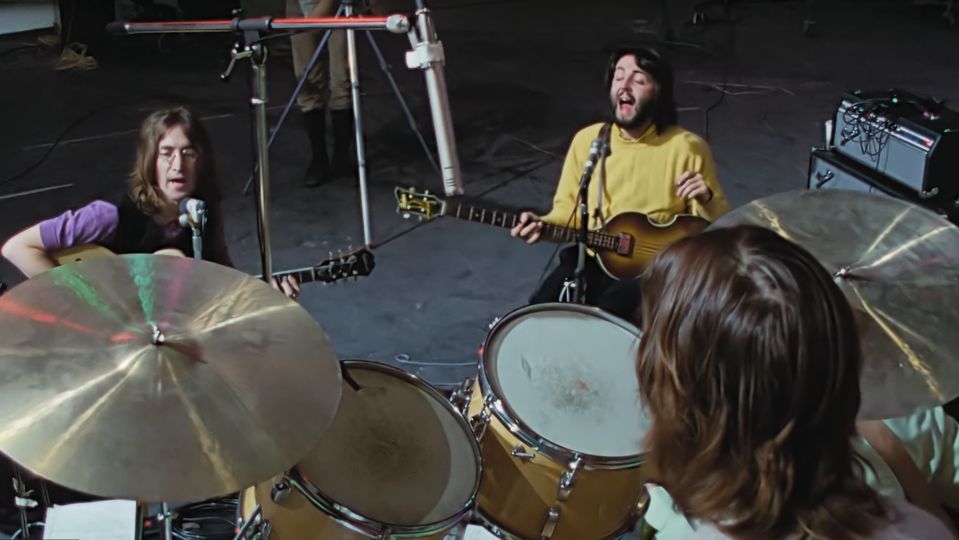
The original documentary “Let It Be” first revealed that Harrison – on the verge of his greatest year as a songwriter — was being treated at times like a sideman. Paul McCartney protests too much at one point that he is “scared of being the boss.” The video evidence shows him telling Harrison how he wants the lead guitars parts played and picking on Harrison’s earliest efforts as “corny.” Under the gun of a crazy tight creative deadline, at a point in their careers where they were sick of each other, the bond and the band were coming undone.
Harrison’s point is well taken: Whatever it is that will please you, I’ll do it, he tells Paul at one point, “but I don’t really think you know what that is.”
All the while, Lennon is looking on, silent. McCartney was forced into the leadership void, left vacant not just by Lennon but also with the death of their manager, Brian Epstein. Ringo, we learn, had already quit the band briefly. The drummer remarks at one point that all four of them have been “grumpy for 18 months.”
All of this well documented angst would be boring if that’s all “Get Back” was – a portrait a band at a dead end. What’s compelling, even in the first two hours, even in this dumb idea of a sound stage, is how much great music just keeps flooding out of them.
The first of three episodes opens with the band experimenting with a few louder rockers: “Don’t Let Me Down” and “I’ve Got a Feeling.” Then an early take on “Two of Us.” Those were songs they had in their pockets. By Day Four, McCartney, while waiting for John (always tardy), sits at the piano and pulls “Get Back” right out of thin air. It’s a song born of conflict, with Ringo clapping along to “get back to where you once belonged.”
Later, you see and hear McCartney doing the same thing with “Let it Be” and “The Long and Winding Road,” lifting them both out of the piano, lyrics and all. Ringo, like the rest of us, looks on with wonder.
There’s a thrill seeing John and Paul stand face-to-face while they sort out “Get Back.” Or John and Yoko waltzing around the studio to “I Me Mine.” There are other intimate moments of Yoko Ono and Linda McCartney (then Eastman) whispering from the sidelines, as well as roadie Mal Evans banging out “Maxwell’s Silver Hammer” on an anvil. Not everyone will love every minute of all this, but Beatles fans will.
Again, Jackson just lets it all play out. We learn that there was a meeting at Ringo’s house the Sunday after the Friday when Harrison quit, and that the meeting did not go well. What will we do? Somebody asks. “We’ll split George’s instruments,” cracks Lennon on cue. Part One ends on a cliff-hanger. Spoiler alert: Harrison does come back.
Whether you are fans or not, you will marvel at the technology that restores the original materials to stunning, 5G quality. If you’re going to go 52 years back in time, you might as well Get Back with clarity.
“The Beatles: Get Back” began streaming Thursday on Disney+. Parts 2 and 3, both also two hours, premiere Friday and Saturday.
